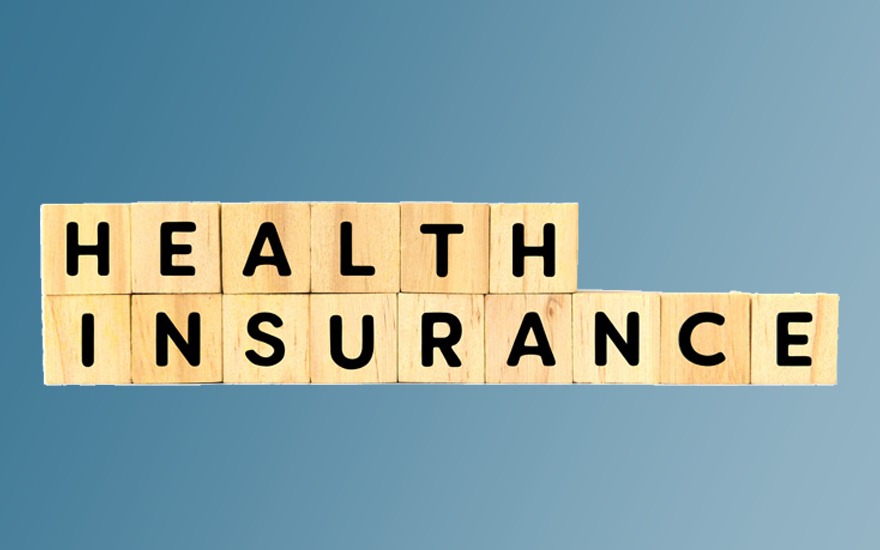Introduction
Health insurance is a crucial aspect of healthcare in the United States, providing financial protection against high medical costs. However, navigating the complexities of health insurance can sometimes lead to unexpected pitfalls. This article delves into the hidden dangers associated with health insurance in the US and offers practical tips to avoid them.
Understanding the Basics
Hook: Did You Know?
Did you know that a significant percentage of Americans with health insurance still face substantial medical debt? This alarming trend highlights the importance of understanding the hidden dangers lurking within your health insurance plan.
1. High Out-of-Pocket Costs
The Reality Check
Many health insurance plans come with high deductibles, copayments, and coinsurance. These out-of-pocket costs can add up quickly, leading to financial strain even for those with seemingly comprehensive coverage.
Tip: Evaluate Your Plan
When selecting a health insurance plan, carefully evaluate the out-of-pocket costs. Look beyond the premium and consider the deductible, copayments, and coinsurance to get a clear picture of your potential financial responsibility.
2. Limited Coverage Networks
The Narrow Networks
Health insurance plans often have limited networks of doctors and hospitals. Receiving care outside of this network can result in significantly higher costs or even complete lack of coverage for the services rendered.
Tip: Check the Network
Before choosing a plan, verify that your preferred healthcare providers are included in the network. Additionally, consider the geographical coverage to ensure you have access to care when traveling or living in different areas.
3. Pre-Authorization Requirements
The Red Tape
Many health insurance plans require pre-authorization for certain treatments and procedures. This bureaucratic hurdle can delay necessary care and sometimes result in outright denial of coverage.
Tip: Be Proactive
Familiarize yourself with your plan’s pre-authorization requirements. If your treatment needs pre-approval, work closely with your healthcare provider to ensure all necessary documentation is submitted promptly.
4. Exclusions and Limitations
The Fine Print
Health insurance policies often come with a list of exclusions and limitations. These can include specific treatments, medications, or services that are not covered under your plan.
Tip: Read the Policy Thoroughly
Take the time to read your health insurance policy thoroughly. Pay special attention to the exclusions and limitations to avoid unpleasant surprises when you need medical care.
5. Annual Coverage Limits
The Cap on Benefits
Some health insurance plans impose annual or lifetime limits on the benefits they will pay. Once these limits are reached, the policyholder is responsible for all additional costs.

Tip: Know Your Limits
Understand the annual and lifetime limits of your health insurance plan. If you have a chronic condition or anticipate high medical expenses, consider a plan with higher or no limits.
6. Changes in Coverage
The Moving Target
Health insurance policies can change annually, affecting premiums, coverage options, and provider networks. Keeping up with these changes is essential to maintaining adequate coverage.
Tip: Stay Informed
Review your health insurance plan annually during open enrollment. Pay attention to any changes in coverage and adjust your plan if necessary to ensure it still meets your needs.
Conclusion
Health insurance in the US, while essential, comes with its share of hidden dangers. By being aware of high out-of-pocket costs, limited coverage networks, pre-authorization requirements, exclusions, coverage limits, and annual changes, you can navigate the complexities of your health insurance plan more effectively. Stay informed, proactive, and vigilant to safeguard your health and financial well-being.
FAQs
1. What are out-of-pocket costs in health insurance?
Out-of-pocket costs are expenses for medical care that aren’t reimbursed by insurance, including deductibles, copayments, and coinsurance.
2. How can I check if my doctor is in-network?
You can check if your doctor is in-network by visiting your health insurance company’s website or contacting their customer service for a list of covered providers.
3. What should I do if my treatment requires pre-authorization?
If your treatment requires pre-authorization, work with your healthcare provider to submit the necessary documentation to your insurance company as soon as possible.
4. Why are some treatments excluded from coverage?
Some treatments are excluded from coverage because they may be considered experimental, not medically necessary, or not cost-effective by the insurance company.
5. How can I find out if my plan has annual coverage limits?
You can find out if your plan has annual coverage limits by reviewing your policy documents or contacting your insurance company’s customer service.
6. What changes should I look for during open enrollment?
During open enrollment, look for changes in premiums, coverage options, provider networks, and any new exclusions or limitations in your health insurance plan.
